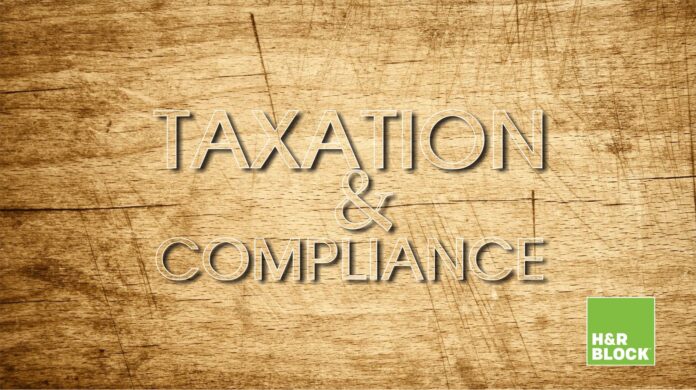
CA Ankita Mathur
It is important to know the purpose of various forms that have to be filled for submitting income taxreturns
ITR 3 and ITR 4 are the two forms applicable to taxpayers earning income from business and profession. Where ITR 3 applies to income from business profession, salary and other sources; ITR 4 applies to taxpayers who opt for declaring income under the presumptive scheme. Here are some more interesting facts about these ITR forms.
Form ITR-3
The ITR 3 for AY 2017-18 is applicable to every individual and HUF having income from proprietary business or carrying on a profession like architecture,accountancy, engineering, medical etc. ITR 3 may also include income from house property, salary/pension and income from other sources.
ITR-3 is one of the detailed ITRs wherein the person filing the return is required to give full particulars of his profit and loss during the period, and the assets and liabilities as at year ending date.
Parts of ITR-3
The ITR-3 has been divided into two parts – Part A and Part B
PART- A: General
Part A-BS:Balance Sheet as on 31stday of March2017 of the proprietary business or profession.
Part A-P&L: Profit &Loss Account for the financial year 2016-17.
Part A-OI [Other Information]:This would include mentioning themethod of accounting followed by the tax payer in the previous year, change in accounting method if any e.g. change from accrual system of accounting to cash system,valuation method employed for stock e.g. FIFO or weighted average method, amount allowed and disallowed under various sections etc.
Part A–QD: Quantitative details
Part B [TI&TTI]:It shows computation of total income and tax liability on total income.
- Verification
- Schedules of the form as applicable relating to salary, house property,business or profession, depreciation,
Form ITR-4
The ITR-4 Form for AY 2017-18 is the Income Tax Return form for those taxpayers who have opted for the presumptive income scheme. The presumptive taxation scheme has been framed to provide relief to small tax payers from the tedious job of maintenance of books of accounts and getting them audited.
Parts of ITR-4
ITR-4 does not require detailed particulars about assets and liabilities, apart from:
- Debtors
- Creditors
- Cash and,
- Stock
ITR-4 is divided into:
- Part A: General information
- Part B: Gross total income from the five heads of income
- Part C: Deduction and total taxable income
- Part D: Tax computation and tax status
- Verification & signatures on the return
- Schedule BP: Details of income from business
Due Dates for Filing ITR
| Category of Taxpayers | Due Dates |
| Individuals and business (to whom tax audit is not applicable) | 31st July of every year |
| Individuals and business (to whom tax audit is applicable) | 30th September of every year |
ITR is the tool with which government keeps track over income earned by the person. Hence, it is imperative to file ITR with utmost care and ensure that all disclosures of income have been made, so as to avoid any type of departmental scrutiny.
Income Tax Act provides three presumptive taxation schemes:
- Presumptive taxation scheme of section 44AD: This schemeis applicable to all persons engaged in business, whose receipts from turnover are less than Rs2 crore.Those optingfor thisschemecan declare their income at the rate of 6% or 8%, and do not have to maintain account books.
- Presumptive taxation scheme of section 44ADA (Inserted by Finance Act 2016): The scheme under this section is applicable to professionals engaged in professions like legal,medical,engineering, etc.Those opting for this schemehave to declare their income at 50% of the total receipts.
- Presumptive taxation scheme of section 44AE: The scheme under this section is applicable to persons engaged in the business of plying , hiring or leasing of goods carriages, and who do not own more than 10vehicles at any time during the year.Those opting for this scheme can declare their income at Rs 7,500 per vehicle per month.
')}


